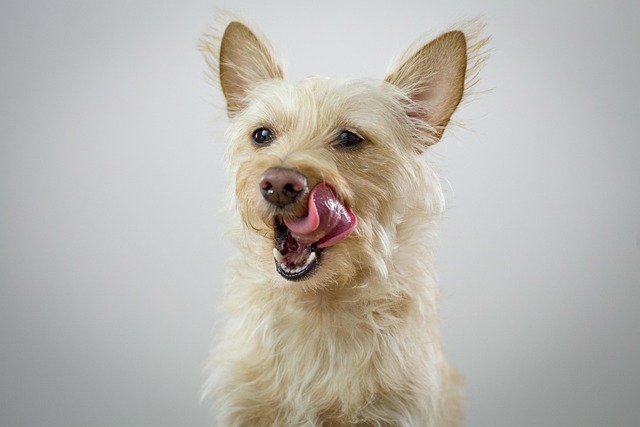
How Can You Tell If Your Dog Is Truly Full
Watching your dog lick their bowl spotless often feels reassuring – surely they’re satisfied? But that clean dish doesn’t always mean a full belly, and constant begging can leave you second-guessing.
Let's be honest, the image of a massive, shaggy Irish Wolfhound coursing across misty moors after formidable prey is deeply etched in our minds, straight out of folklore and history books. It’s a powerful picture, and it begs the question many potential owners drawn to this majestic breed ask: Are Wolfhounds actually good hunting dogs today? Well, the answer, like the hounds themselves, isn't simple or small. It's a fascinating blend of ancient instinct, modern practicality, and understanding what "hunting" really means in the 21st century.
First, we absolutely must tip our hats to history. The Irish Wolfhound wasn't just *a* hunting dog; it was purpose-bred over centuries for a very specific and incredibly demanding job: hunting wolves and equally large, dangerous game like Irish elk. That required immense size (they are the tallest of all dog breeds), staggering strength, incredible speed for their bulk (a true sighthound gallop), and a fearless heart. Their keen eyesight, the hallmark of sighthounds, allowed them to spot movement over vast distances. Their deep chests housed the lungs needed for sustained chases. So, genetically speaking, the wolfhound hunting instincts are hardwired into their DNA. The prey drive – that powerful urge to pursue – is definitely present, often triggered by small, fast-moving animals like squirrels or rabbits, sometimes even bikes or cars. It’s a primal echo of their past.
So, on pure potential and ancestry? Yes, absolutely. They were phenomenal hunting dogs for their specific quarry. But here’s where we transition from the misty glens of history to your modern backyard or potential hunting lease. The world has changed drastically. Large predators like wolves are protected species across most of Europe and North America, and hunting them with hounds is illegal and ethically indefensible. The vast, open landscapes they needed for the chase are harder to come by. This shifts the question: good for hunting what, where, and how, under today's rules and realities?

Modern hunting often involves different game – birds, waterfowl, smaller mammals – and different methods. Retrieving? Wolfhounds weren't bred for the soft mouth needed for birds. Flushing game from dense cover? Their size makes maneuvering through thick brush cumbersome. Pointing? Not their style. Their immense strength and power were designed for bringing down large, dangerous animals in open pursuits, a scenario almost entirely absent from contemporary, regulated hunting. Trying to force a Wolfhound into a role it wasn't designed for, like dense-cover bird hunting, would likely frustrate both the dog and the hunter. Their sighthound prey drive is strong, but it's channeled towards the sight-chase-capture sequence of large, fleeing quarry.
Furthermore, let's talk temperament. While bred for courage against wolves, the modern Irish Wolfhound is typically known as a gentle giant, remarkably calm and affectionate with its family. They possess a quiet dignity and are often described as "cat-like" indoors. This gentle nature is a treasured trait in a companion animal. However, translating that into the controlled discipline and focused drive required for many modern hunting styles can be challenging. They are intelligent but can be independent thinkers, sometimes prioritizing their own assessment of a situation over immediate commands – a trait potentially valuable when facing a wolf centuries ago, but less so when precision and instant recall are needed near busy roads or in mixed hunting parties today. Training requires immense patience, consistency, and positive reinforcement, starting early and focusing heavily on rock-solid recall and impulse control around distractions. It's not impossible, but it's a significant commitment.
Now, crucially, we must address the large game dogs context within the framework of modern laws and ethics. Across the US, Canada, and Europe, hunting regulations are complex and vary significantly by state, province, and country. What's legal and requires specific permits in one area might be completely prohibited in another. Using any dog for hunting large game (where legally permitted, such as boar in specific regions) comes with immense responsibility and inherent risk. Wolfhounds are powerful, but modern large game hunting often involves firearms at close quarters and dangerous animals capable of inflicting serious injury. The safety of the dog, the handler, and others is paramount. Crucially, anyone considering using a Wolfhound (or any dog) for any form of hunting must meticulously research and comply with all local, state/provincial, and national hunting regulations, licensing requirements, seasons, and bag limits. This includes understanding specific leash laws, designated hunting zones, and restrictions on pursuing certain species. Ignorance of the law is never an excuse, and violations carry serious penalties. Responsible ownership means knowing the rules inside and out. Land access is another critical factor – hunting on private land requires explicit permission from the landowner.
So, circling back: Are Irish Wolfhounds good hunting dogs? They are phenomenal historical hunting dogs, possessing the deep-rooted instincts and physical prowess that made them legends. But for the vast majority of contemporary hunting scenarios in Europe and North America? Not really. Their size, their specific prey drive geared towards large quarry, their independent nature, and the strict legal and ethical constraints around hunting large game make them impractical and often unsuitable for modern hunting roles.
Does this diminish their magnificence? Absolutely not. The spirit of the hunter is still there, a noble echo in their gaze and their powerful stride. It manifests in their need for substantial exercise – long walks, opportunities for safe, controlled sprints in secure areas are essential for their physical and mental well-being. Lure coursing or fast CAT (Coursing Ability Test) events can provide a fantastic, legal outlet for their chase instinct in a controlled environment, allowing them to tap into that glorious sighthound heritage safely.
Owning an Irish Wolfhound connects you to an incredible lineage. You share your life with a living piece of history, a gentle giant whose ancestors once roamed freely. Appreciate that heritage, respect their innate drives by providing appropriate outlets, and prioritize their well-being as cherished companions. If hunting is your passion, explore breeds specifically developed and proven for the game and methods you pursue, always placing legality, safety, and animal welfare at the forefront. The Wolfhound's true modern hunting ground is the heart of its family, where its loyalty and quiet strength shine brightest.

Watching your dog lick their bowl spotless often feels reassuring – surely they’re satisfied? But that clean dish doesn’t always mean a full belly, and constant begging can leave you second-guessing.
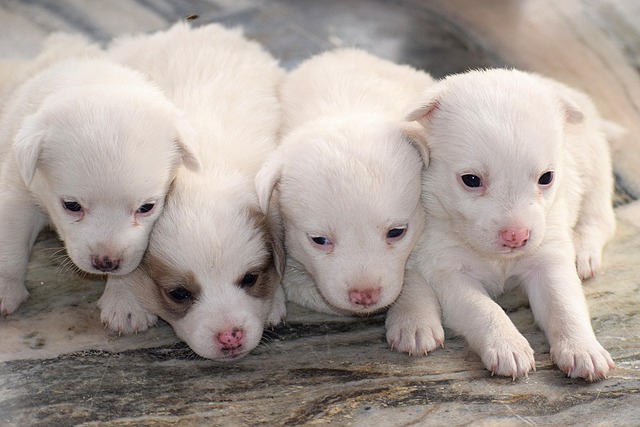
We’ve all seen it – your dog attacks their meal like it’s their last, inhaling kibble in seconds without a single chew. While it might seem comical or just enthusiastic,
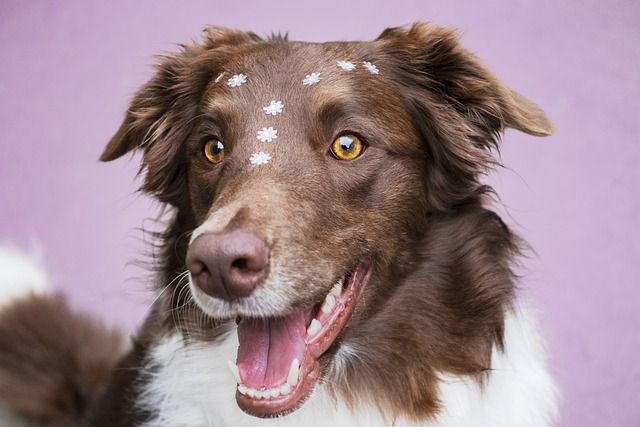
Spotting your dog seeming a bit "off" – maybe slower to get up, less playful, or even trembling – can instantly make any pet parent worry. Could it be a lack of calcium?
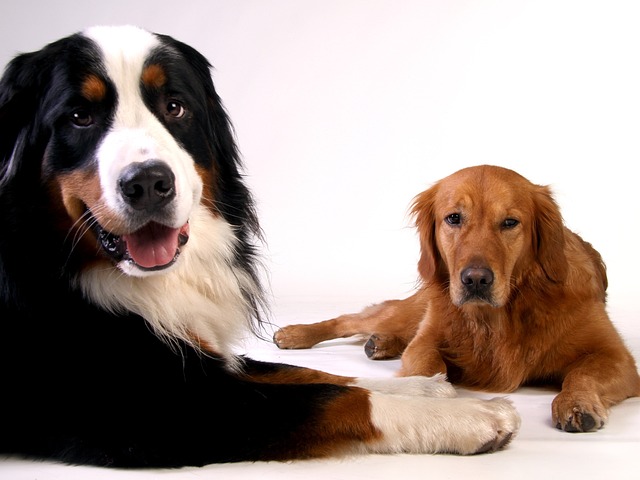
As a Chow Chow owner, those iconic triangular ears—when upright—frame their lion-like mane beautifully. But if your pup’s ears stay floppy or only partially rise, it’s natural to feel concerned.
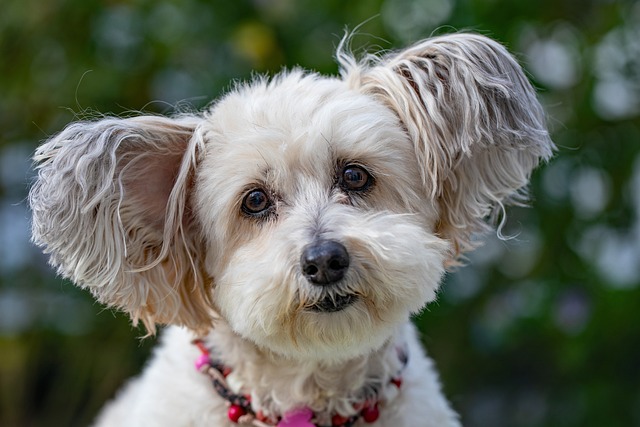
As a dog parent, it’s natural to look for simple, household solutions when your furry friend is dealing with common issues like mild odor, damp fur, or occasional skin discomfort.

Bringing a Corgi into your life means welcoming a bundle of joy—those tiny legs, fluffy backside, and a personality that’s equal parts feisty and affectionate.